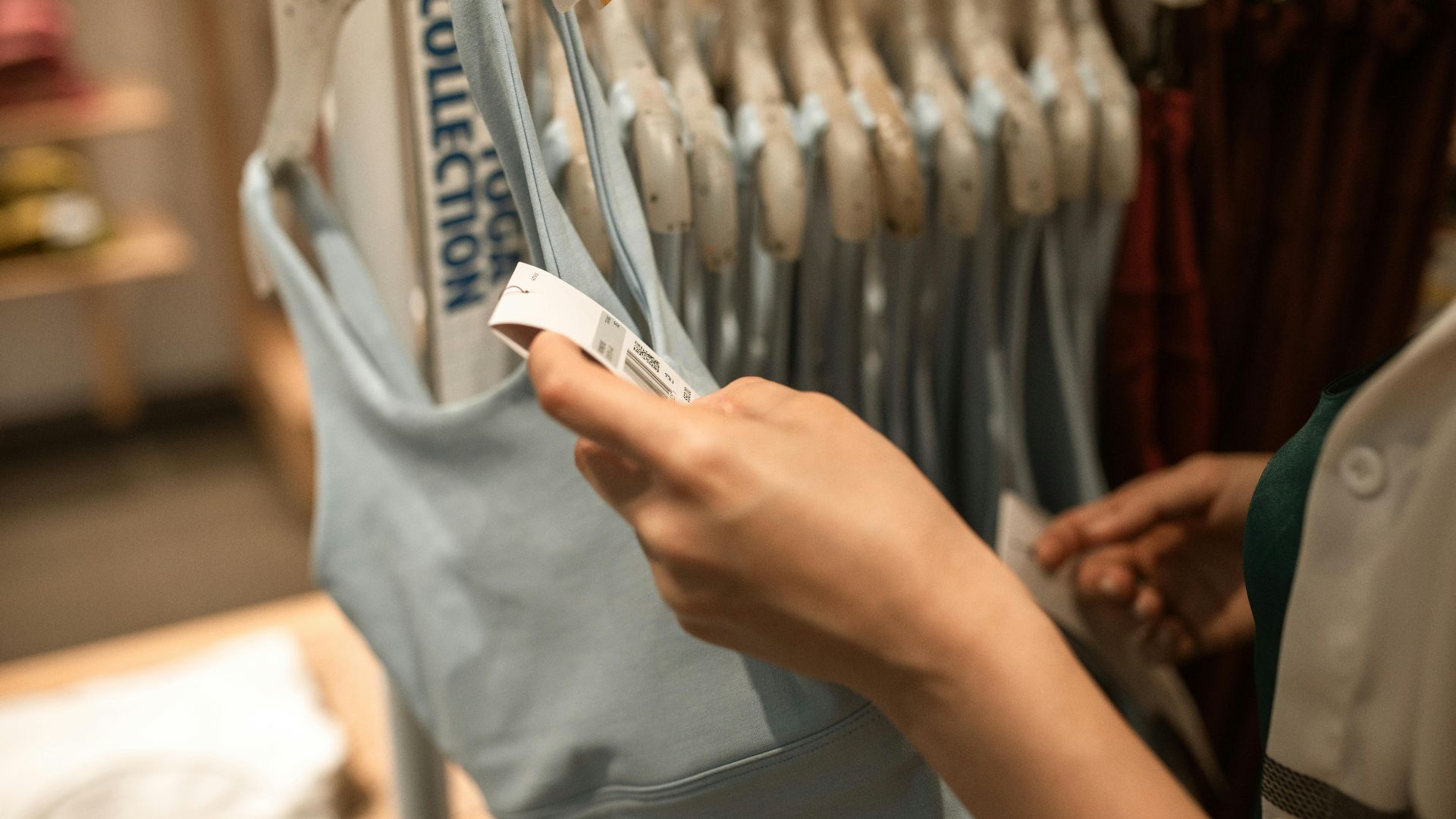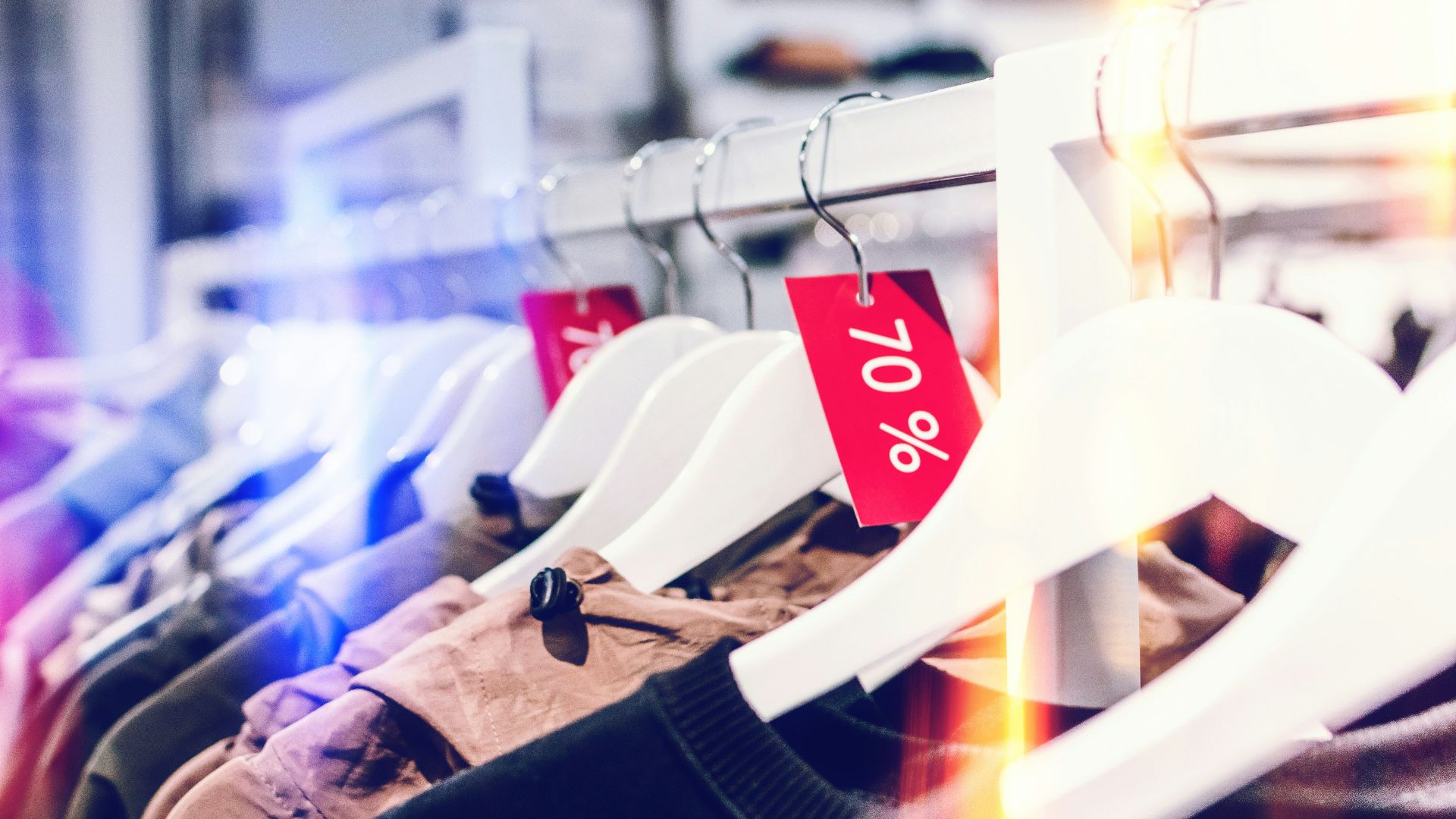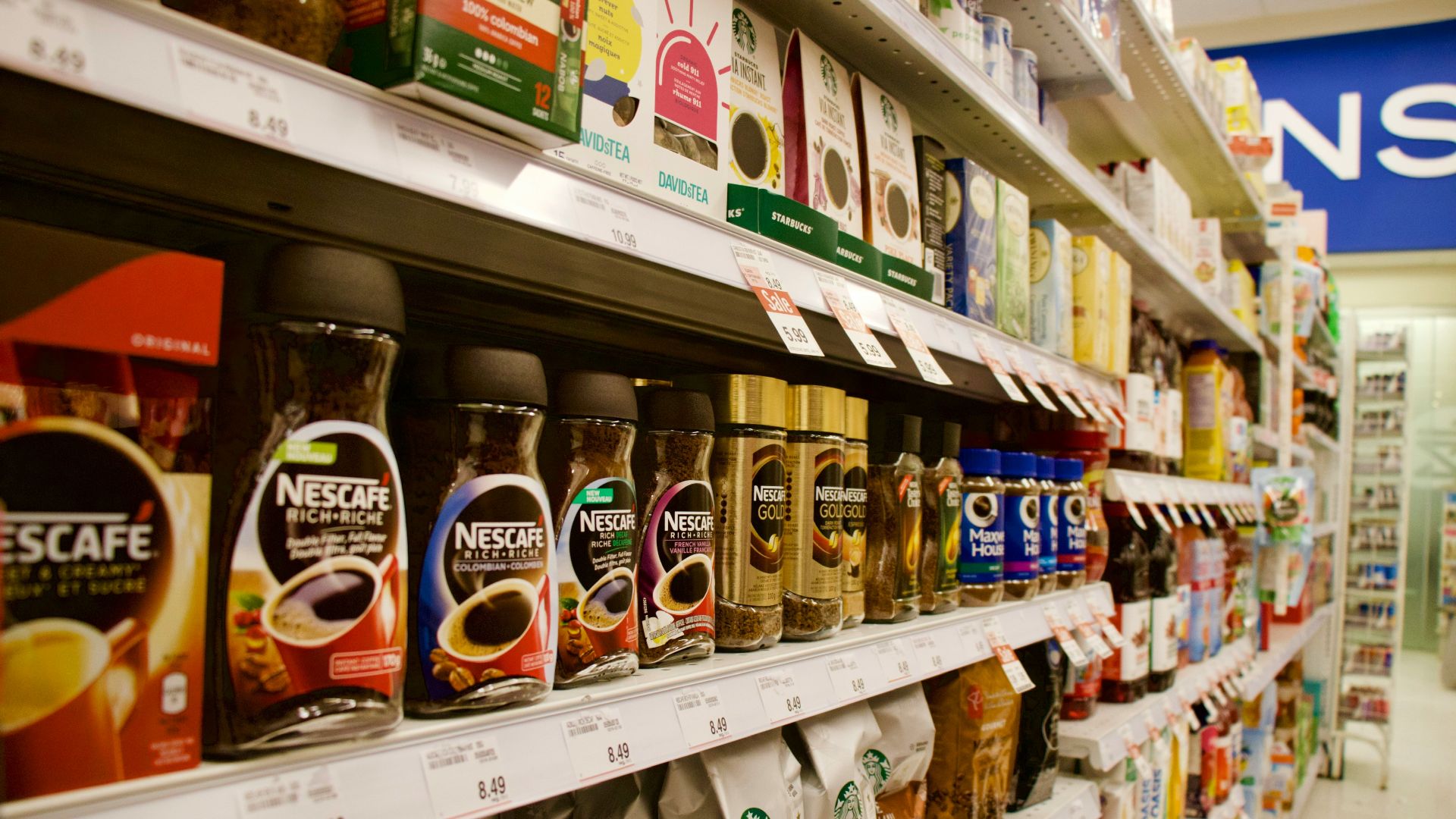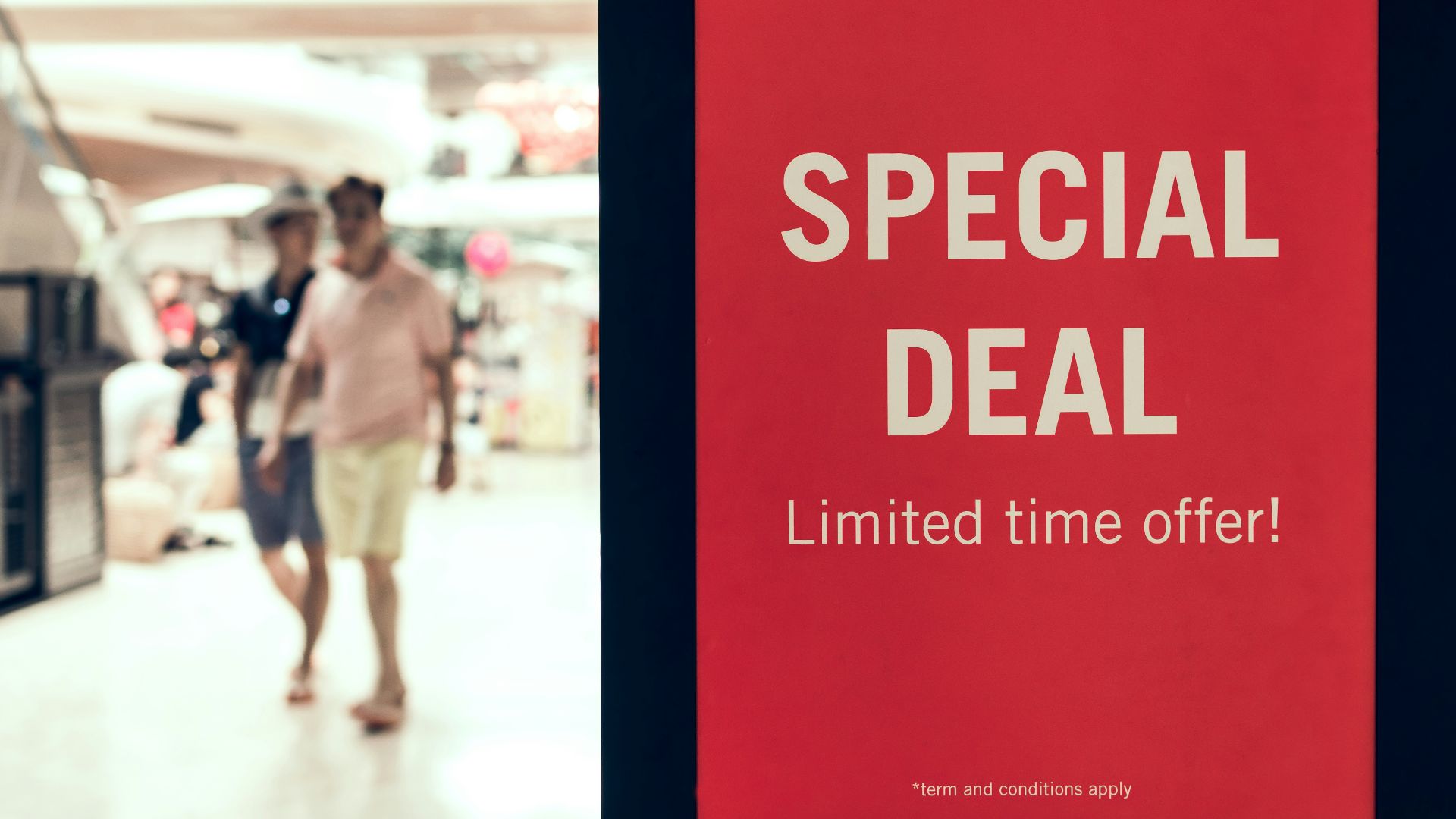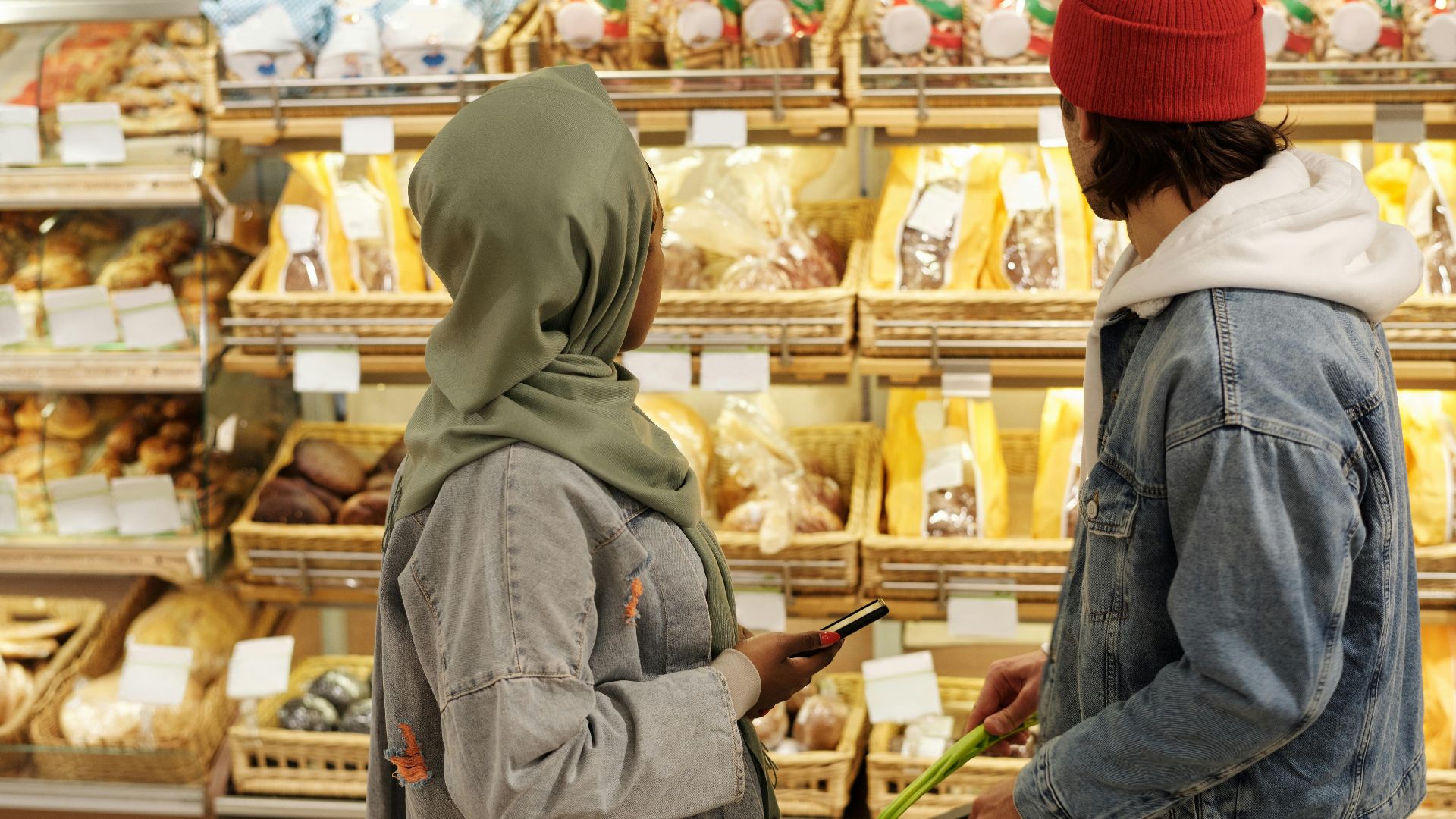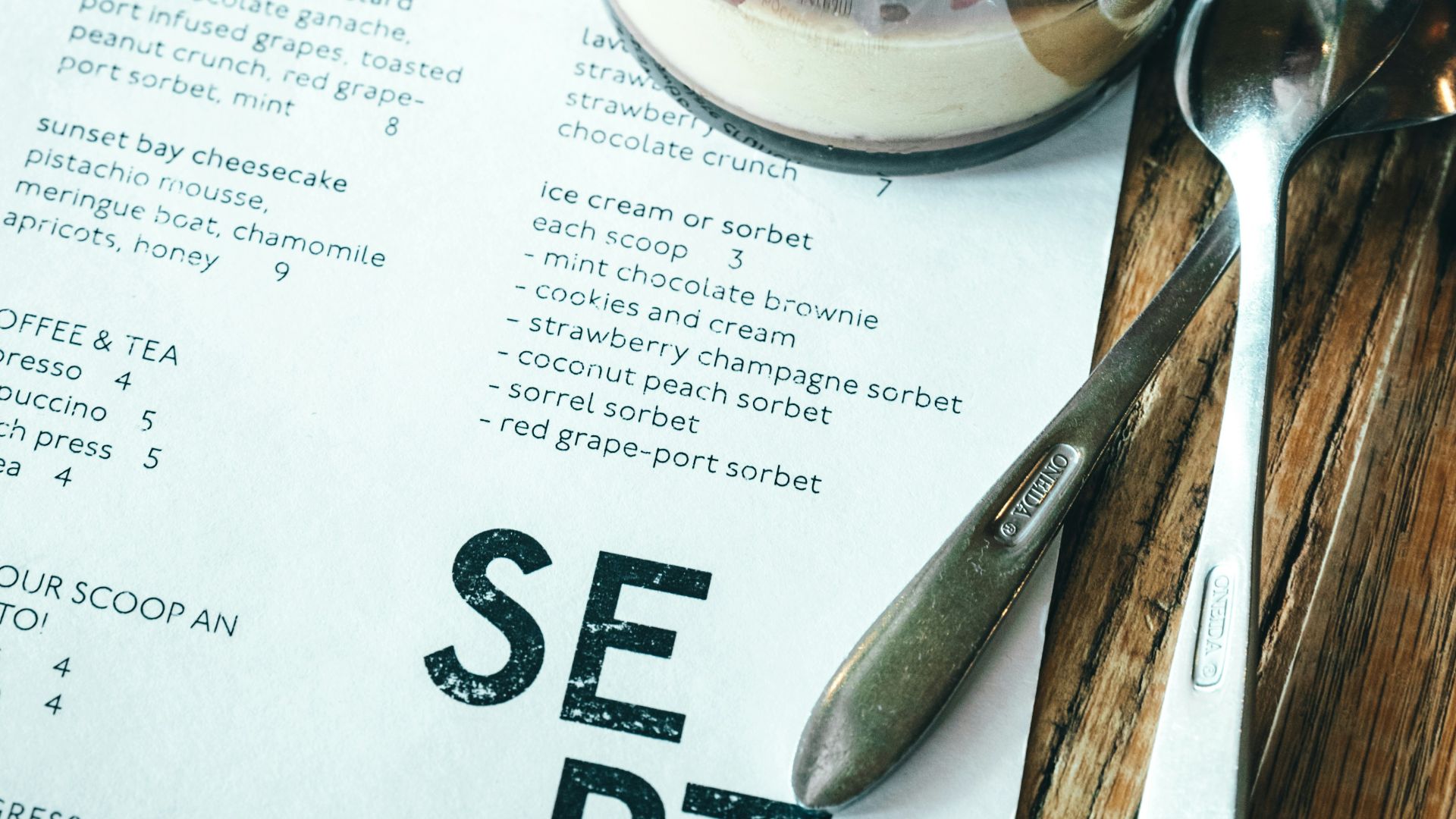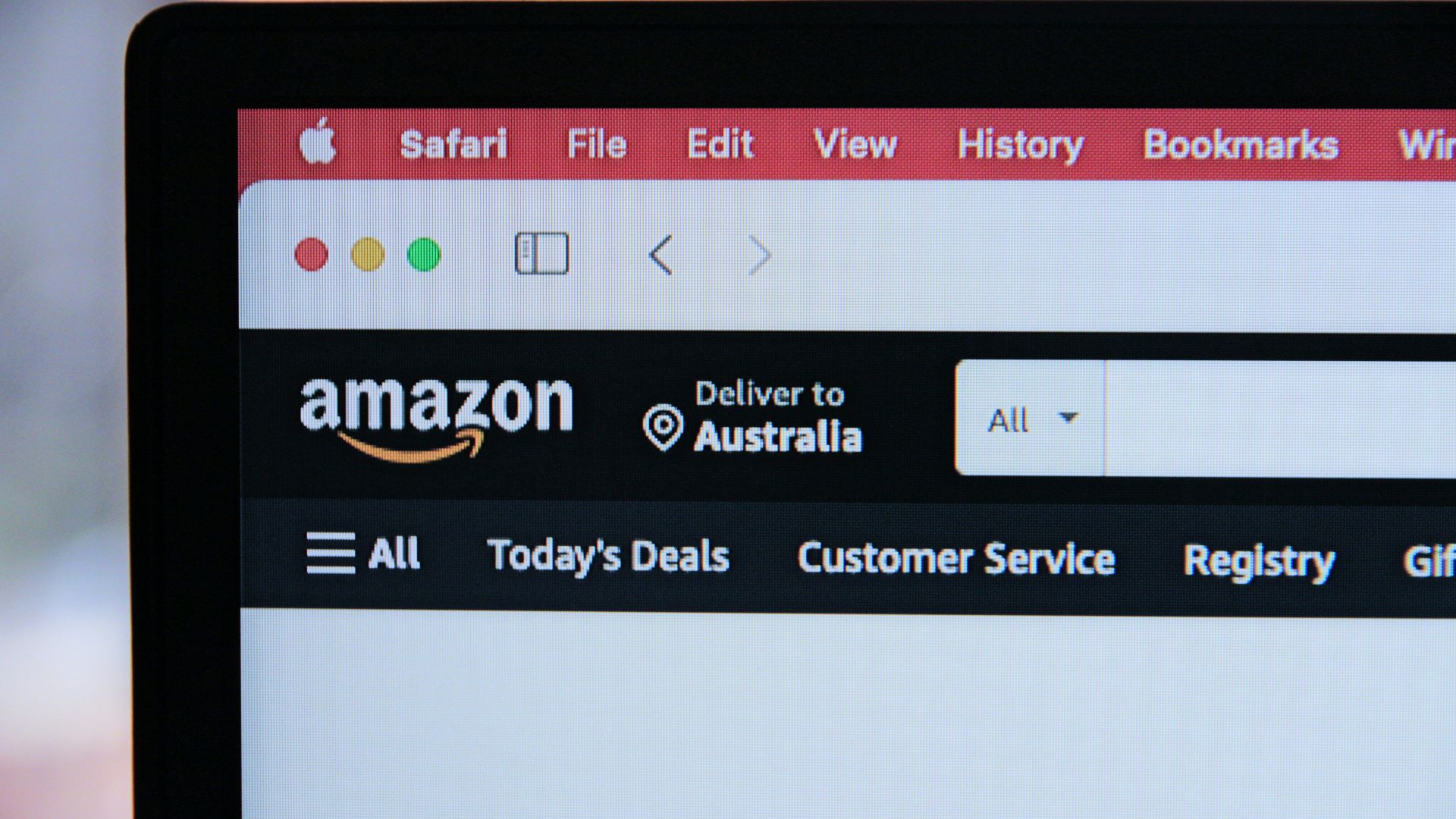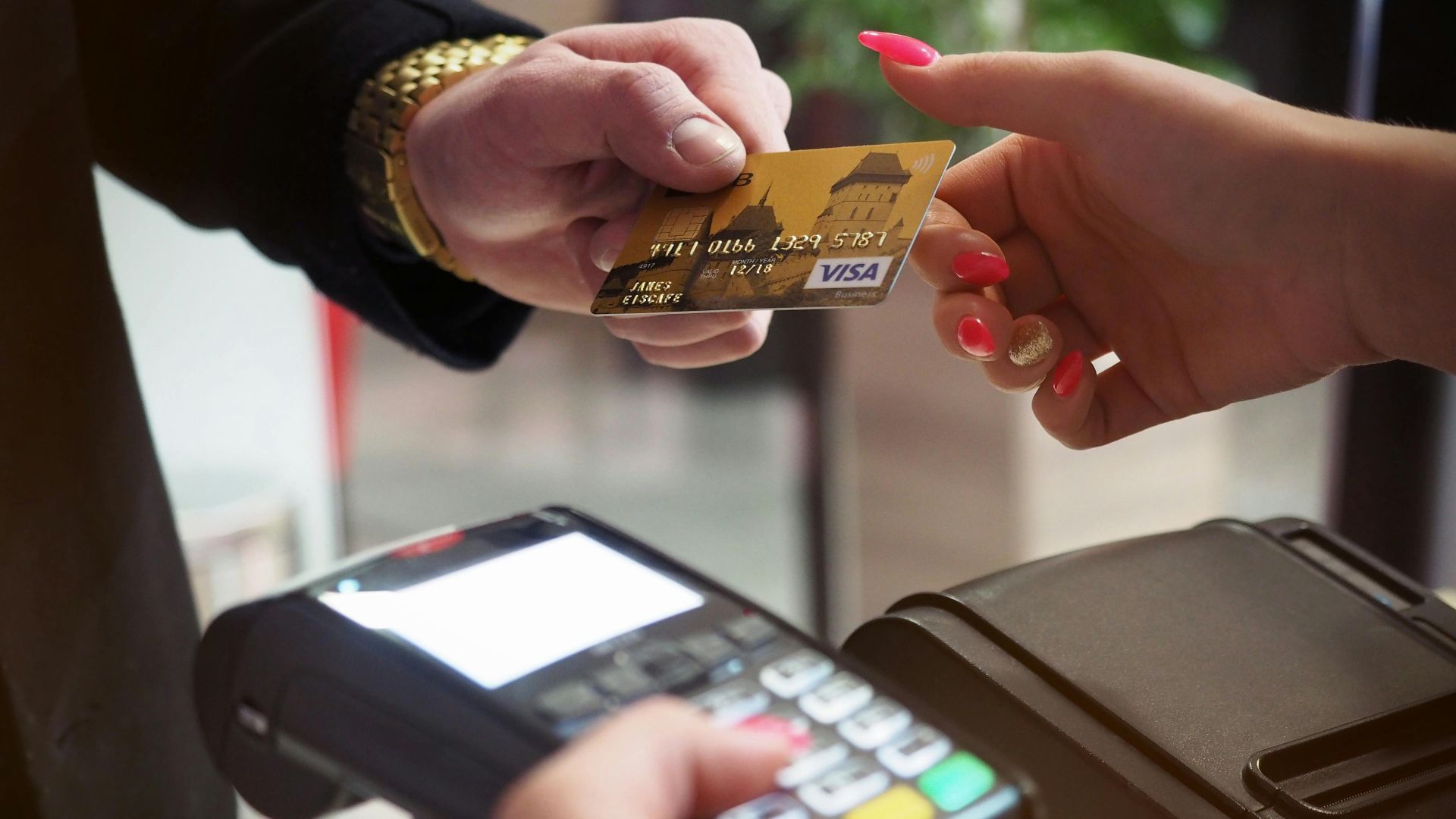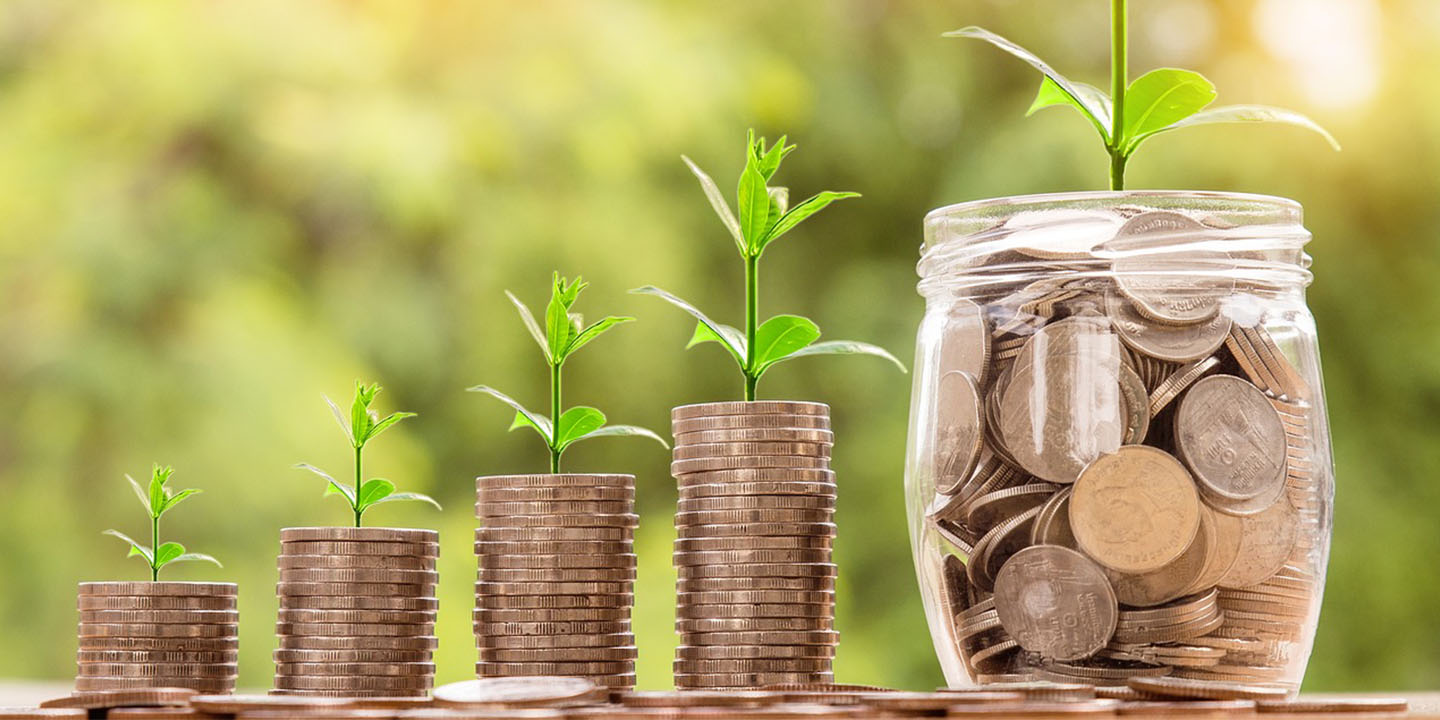Can You Resist Free Shipping and Goldilocks Pricing?
We’ve all indulged in a little retail therapy before, but retailers aren’t interested in one-and-done customers. They want your money, and they’ll do a lot of sneaky things to get it, which is why we’ve broken down some classic strategies to look out for!
1. Charm Prices
You’ve undoubtedly walked into a store and seen prices that end in .99 or .95—and that’s exactly how they get you! Otherwise known as “charm prices,” most customers actually round down when confronted with those numbers. It might not seem like a big deal to internally make an item cheaper, but it’s a big deal when you miscalculate the entire shopping cart.
2. Anchoring
Wait a minute. That $400 coffee maker is now $300. How can we pass up that deal? You, our friend, have just fallen prey to anchoring, the common strategy of leaving original prices next to the sales tag. Don’t worry, there’s an easy workaround: pretend the sales price is the original and consider if it's still worth it.
3. Slower Music
Music influences us…for better or worse. Shops know this, which is exactly why they play slower tunes to relax you and keep you in the aisles longer. Studies show that customers can spend upwards of 29% more if slower music plays.
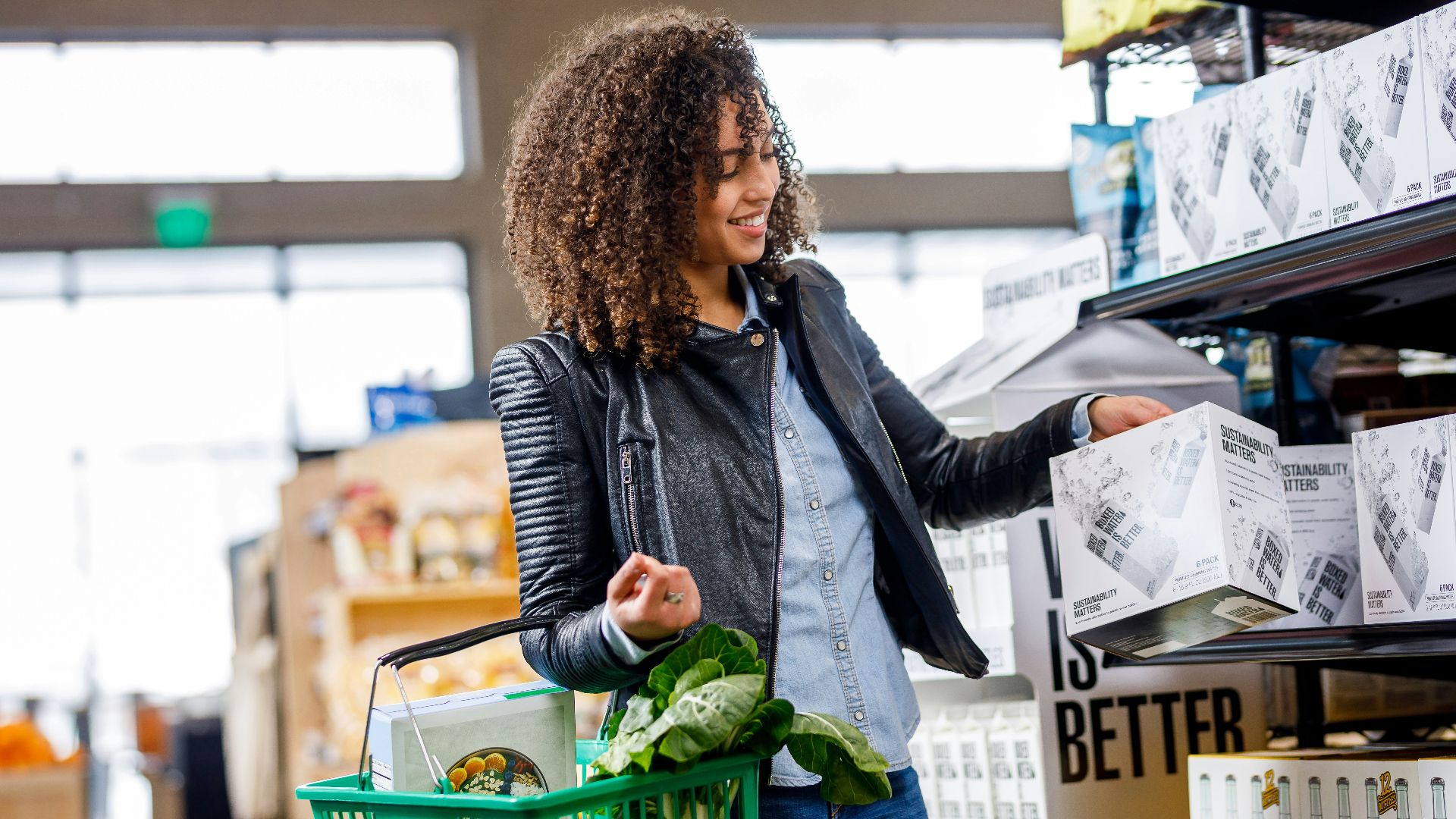 Boxed Water Is Better on Unsplash
Boxed Water Is Better on Unsplash
4. Giant Sale Window Signs
If traditional sales tags don’t catch your attention, giant window signs will. Customers aren’t only harassed by the size either—color schemes play a huge part in shopper influencing, namely loud tones like red.
5. Massive Shopping Carts
Most stores offer shopping carts and baskets upon entry, but grocery stores take it a step further. Have you ever noticed the size of their carts? Unfortunately, that’s on purpose. Larger carts incentivize you to spend even more, especially weaving your way through strategic product placement and shop layouts.
6. Coupons
Hang on a second—coupons are literally made to save you money, so how do they hurt? The trick here is to be picky about your savings; coupons often advertise more expensive options, which encourage you to spend more. Read the fine print carefully and compare prices to ensure you don’t get swindled.
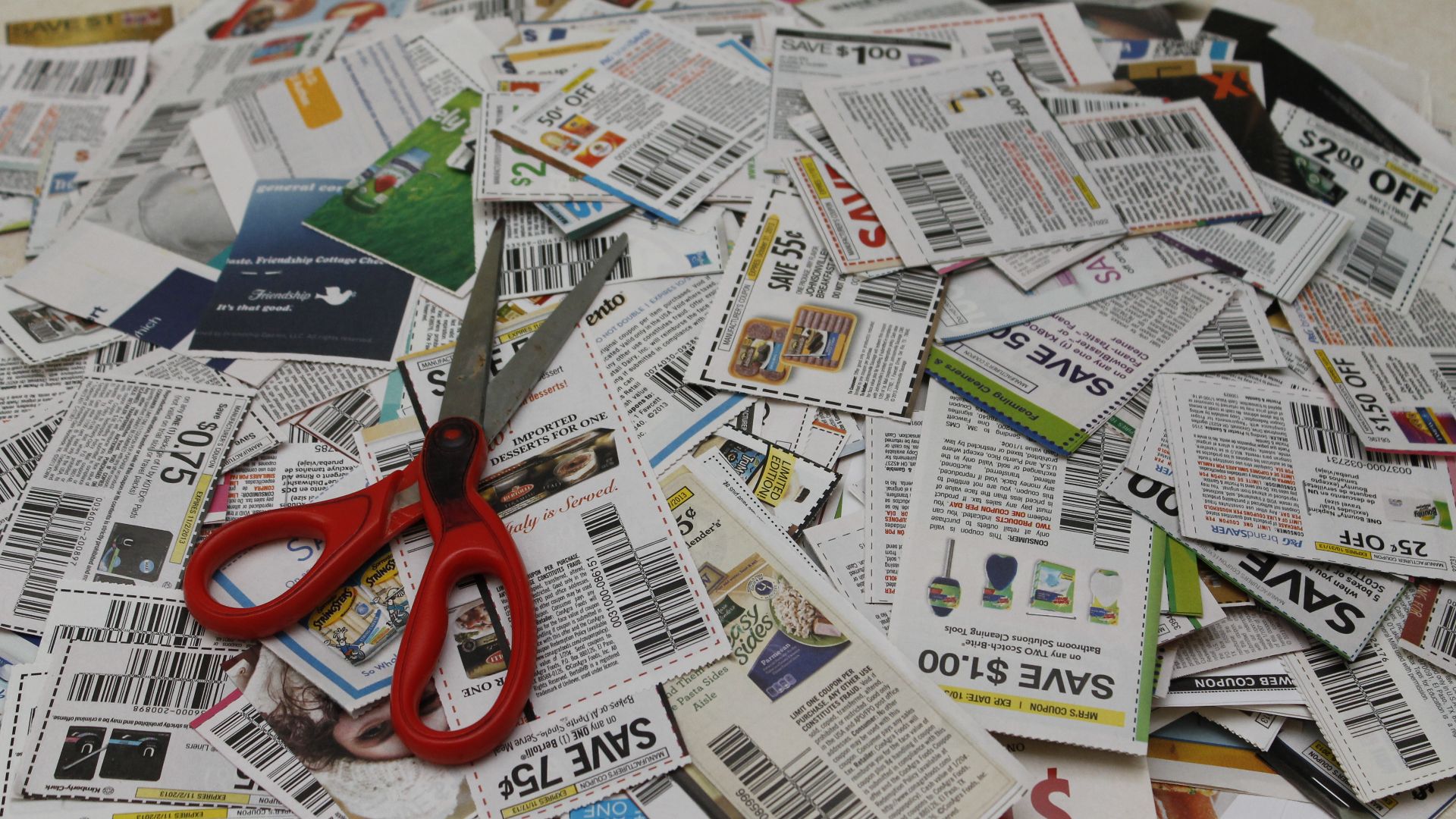 Carol Pyles from Winter Haven, FL, US on Wikimedia
Carol Pyles from Winter Haven, FL, US on Wikimedia
7. Goldilocks Pricing
Sometimes called “good, better, best,” this scheme deliberately places varying prices in one area. It works like this: you’ll see a high cost, a middle cost, and a low cost for roughly the same items. The high cost is a bit too much, whereas the low one seems like a worse product for cheap. So, the middle cost looks “just right.” Voila. You just spent more than you would have.
8. Limited-Time Offers
Uh oh! The clock’s ticking, so you'd better get a move on to score those deals—and that’s how you dump money on things you don’t need. “A limited-time only” is classic marketing, and it’s dangerous for the average shopper as it creates a sense of urgency. Don’t be fooled. Take a breath and consider whether you actually need a new coat.
9. Scent Marketing
Boy, that fresh bread smells good. Stores know! That’s exactly why they put it up front! With your salivary glands activated, you’re now incentivized to buy even more. However, grocery stores aren’t the only culprit. Great scents always open your wallet a little further, and studies show that even massive retailers have used scent marketing to boost sales by 80%.
10. Mood Lighting
Of course, stores aren’t only after your nose. Lighting is just as important, and many stores opt for softer hues over harsh fluorescents. For example, warm tones are more inviting, which incentivizes shoppers to browse longer. Shelf lighting encourages impulse buys. Some lighting is even used to highlight specific products, drawing attention to expensive items.
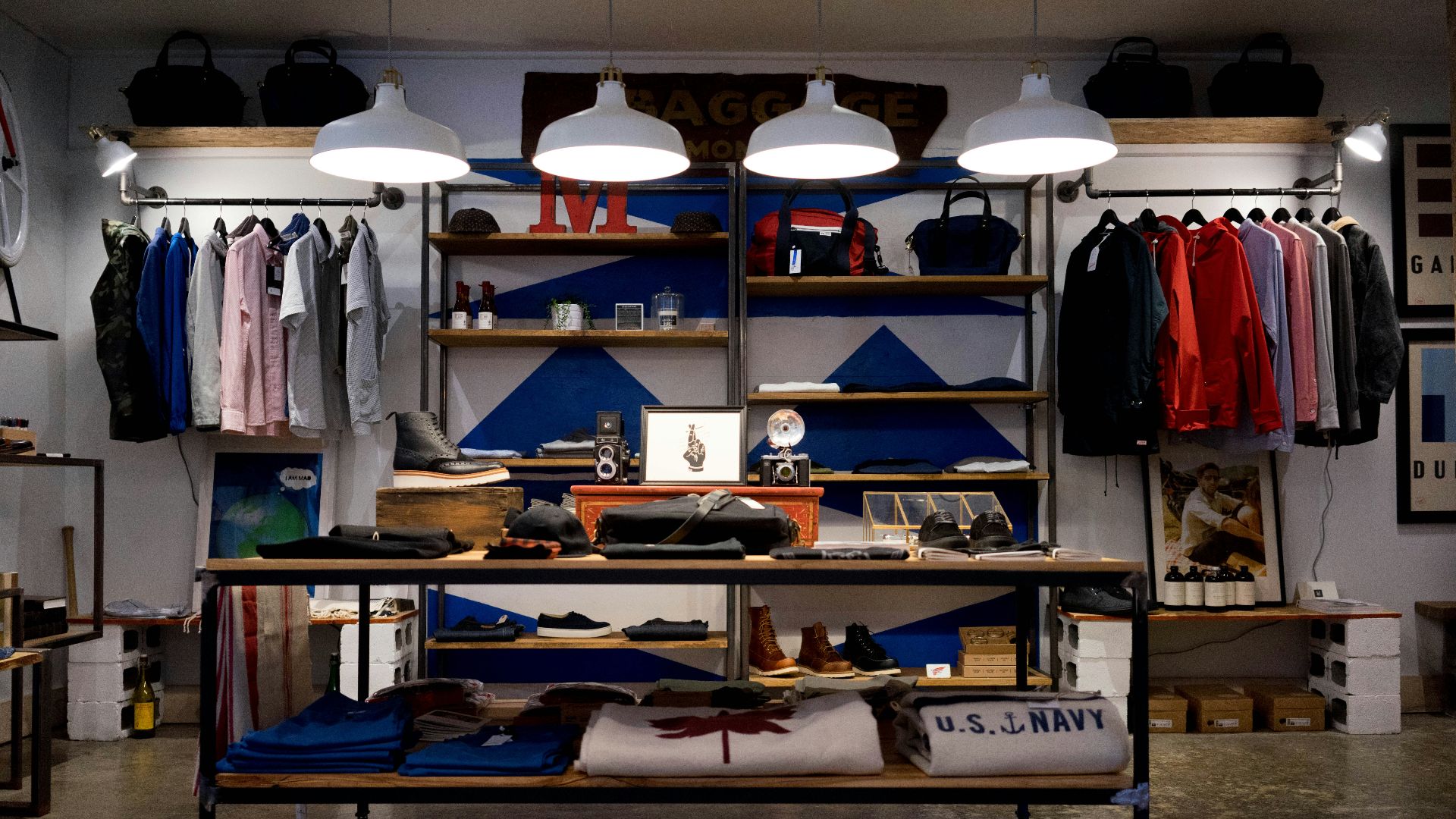 Clark Street Mercantile on Unsplash
Clark Street Mercantile on Unsplash
11. Sample Platters
While we’re talking about senses, let’s dive into appetites. Say hello to the dreaded sample platter: a seemingly innocent offer that actually makes you stay in the store longer and encourages you to grab the item. It’s even worse if you didn’t eat anything before shopping.
12. Attractive Salespeople
Stores know exactly what they’re doing by hiring conventionally attractive people. Regardless of gender, good-looking salespeople target shoppers’ insecurities—even if they don’t realize it. You might want to look like them, get nervous about your own appearance, or simply aim to make a good impression. Either way, kiss your money goodbye.
 Antoni Shkraba Studio on Pexels
Antoni Shkraba Studio on Pexels
13. Bulk “Deals”
Hey, look! Buy three to get a fourth free. Look over here too! Buy ten for ten dollars. Those deals look good on the surface, but don’t fall for the fancy lingo. Do you really need four of the same item? More importantly, how much are you actually saving by grabbing some products in bulk?
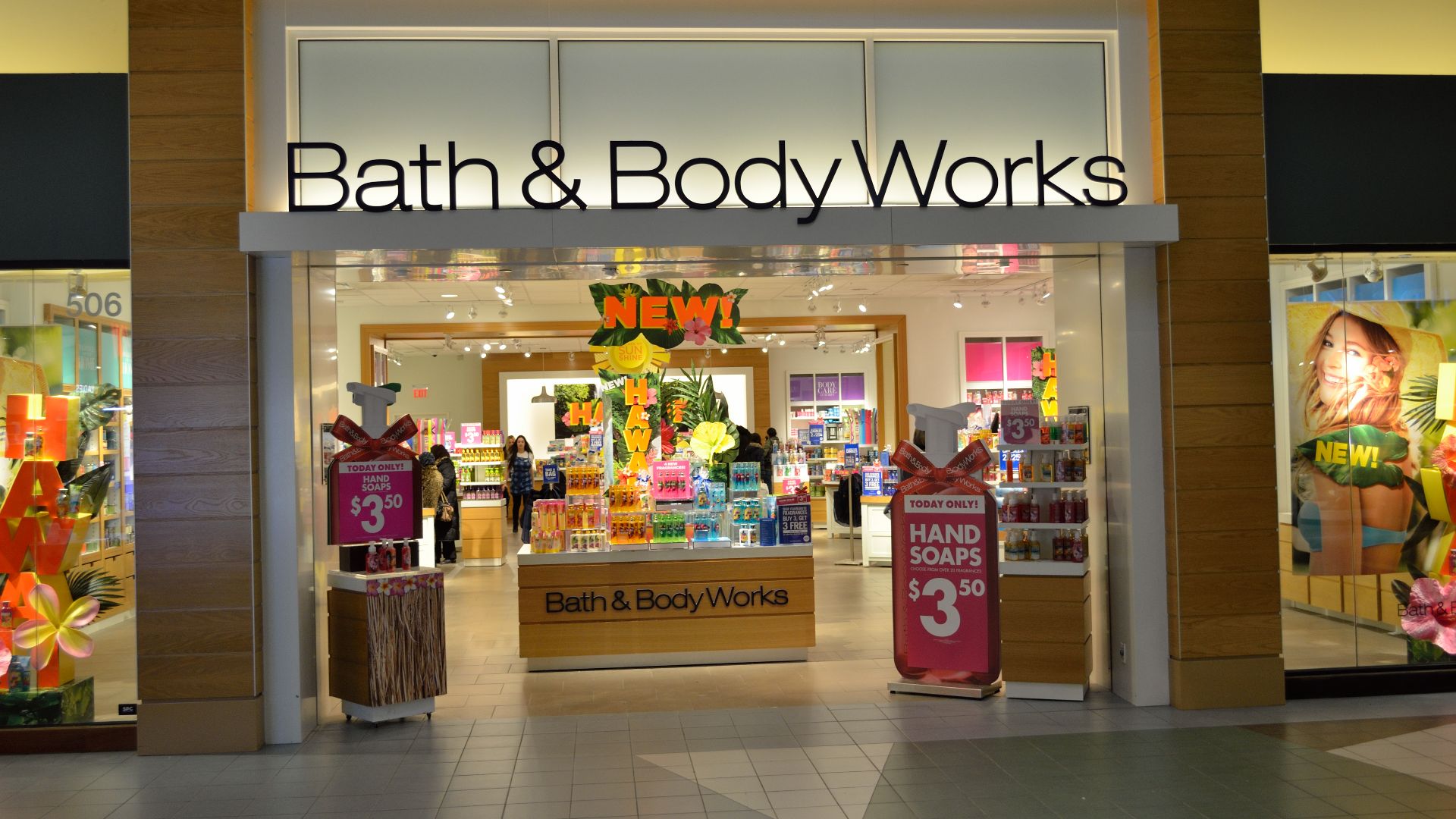 Raysonho @ Open Grid Scheduler / Grid Engine on Wikimedia
Raysonho @ Open Grid Scheduler / Grid Engine on Wikimedia
14. You Can Touch the Products
You expect to touch products in a grocery store, but huge retailers adopt the same tactic. Think of electronics in Best Buy or Apple—there’s a reason you can “test drive” those laptops and phones. The more time you spend with an item, the likelier you are to grab it.
15. Missing Dollar Signs
Have you ever been to a restaurant without dollar signs on the menu? Believe it or not, that’s on purpose. Research shows that people spend less when they see an actual dollar sign (or even the word “dollar”). So, you might want to rethink those overpriced appetizers.
16. Free Shipping Minimums
Shipping prices can cost more than the item itself, which is a good way to deter shoppers. To combat this, many stores offer free shipping minimums—but that’s not always a good bargain. Don’t spend $50 for free shipping when you weren’t even willing to spend $20 the first time!
17. Reduced Friction
Friction refers to any obstacle that prevents shoppers from finishing their purchase (think slow websites or shoddy product photos). Stores obviously don’t want that, but they also go out of their way to make shopping a little too easy. Automatic address completion, wishlists, stored information, and saved online carts all influence you to complete that purchase…especially if you were on the fence.
18. Strategic Layouts
Grocery stores know how to keep you in their aisles. From product relocation to impulse buys, strategic layouts keep you shopping far longer than you want to. They also keep essentials like milk and eggs near the back, forcing you to pass a bunch of goodies beforehand.
19. Loyalty Cards and Apps
Loyalty cards seem like money savers, but they actually incentivize you to spend more. Why? Well, you want those points, don’t you? And you’re not going to get them spending wisely. Retailer apps are just as dangerous; you’ll have a much harder time avoiding sales with constant coupons and email notifications.
20. Keeping You Comfortable
Pull up a chair and get comfortable. Look at all those sales, all those readily available items ripe for the plucking. Not only do you get a good look at what’s (literally) in store, but seating is often placed near merchandise stores specifically try to sell. Rethink plopping down in that leather chair!



